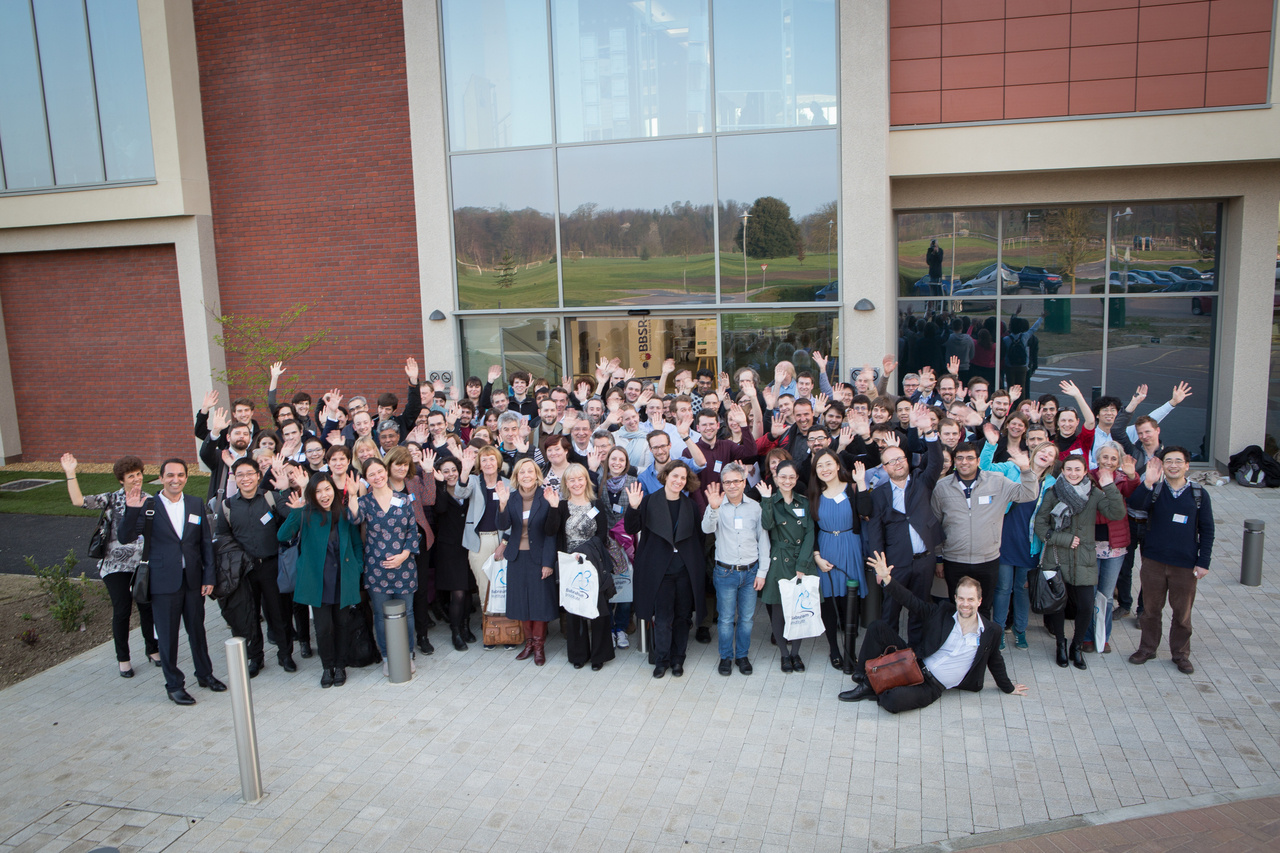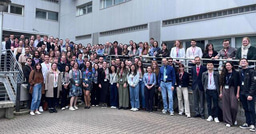
When I type the word scientist into Google Images I am met with 22 men and 12 women on my screen. A third of the images I see are of women and I’m excited by this, but why should I be? At the Babraham Institute in Cambridge, UK, 57% of our current research scientists are women and 70% of our current PhD students are women. In the environment I work in I should expect better than this from the Google search. However, I know this is a big improvement on what would have come up even just a year ago, and a vast improvement on 5 years ago. Over the last few years there have been major campaigns calling for gender equality and a change in culture, it’s now hit the main stream media and we’re starting to see changes.
If I type the words ‘eminent scientist’ into Google, I am met with 33 images of men and 1 image of a woman. ‘Eminence’ still leads to men. This, although improving, is still following through into real life. At Babraham 20% of our senior research scientists are women, better than Google’s 3% but there is clearly still need for change.
Why does it matter?
For science to flourish and progress we need a diversity of inputs and talents. If we’re all the same, if we think in the same way, our science will be limited. The huge challenge of understanding the world around us demands input from different approaches. Contributions from all genders are vital to create an inclusive and motivating environment that science and each individual will benefit from.
In Europe approximately half of PhD students are women. However, the numbers of women researchers fall through the career pipeline from post doc onwards. There’s a dramatic drop in leadership positions with only 20% of grade A researchers and 15% of Directors being women (SHE 2015 report). We are losing valuable talent, expertise and experience.
What can we do?
Initiatives, such as Athena SWAN in the UK, are playing a huge role in getting academic institutions to address any equality issues by encouraging them to gather gender data and explore policies and practices. The process requires a submission of your institute’s gendered data, reflections on this and an action plan for any improvements that may be required. The actual submission is a huge commitment for an organisation but it really does make you go through a process of self-reflection. It makes you look at your structure, recruitment, culture and working practices and develop plans and ways to improve it.
At the Babraham Institute we’re also partners on a Horizon 2020 EC-funded project LIBRA – leading innovative measures to achieve gender balance in research activities. The project brings together 13 scientific institutes (all members of EU-LIFE alliance: a group of European life science research centres of excellence) across Europe to assess cultural and institutional attitudes towards gender and to develop strategies to achieve equality. Main areas of intervention include recruitment, career development and work life balance. We have majorly benefitted from the involvement of ASDO, a non-profit research organisation specialising in gender which monitors and evaluates the work carried out within each partner institute. This external monitoring of the institutes' practices and progression has helped to embed the cultural change.
Through both of these projects at Babraham we have been able to begin to address individuals’ unconscious biases, change policies and working practices and provide a more inclusive and welcoming environment for everyone to flourish and develop their careers. We have seen improvements in our career pipeline, promotion data, recruitment practices and staff satisfaction. We hope that by setting the foundations with these projects 2018 will create an inclusive environment that will attract and retain the best scientists irrespective of gender.
Sharing best practice and working together in this area is vital for academic institutes and society to progress.






Join the FEBS Network today
Joining the FEBS Network’s molecular life sciences community enables you to access special content on the site, present your profile, 'follow' contributors, 'comment' on and 'like' content, post your own content, and set up a tailored email digest for updates.